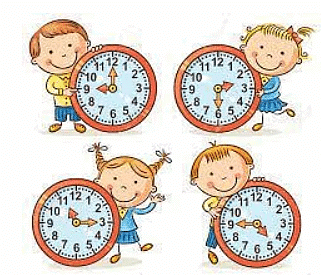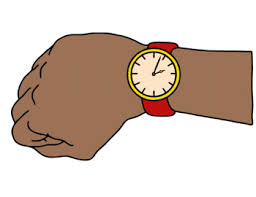Class 2 Time - CBSE Worksheets- 2

Q1: Multiple Choice Questions (MCQs).
(i) Which of the following tells us the time during the day?
(a) Calendar
(b) Clock
(c) Compass
(d) Calculator
(ii) What do we call the time when the sun is highest in the sky, and it's usually time for lunch?
(a) Morning
(b) Evening
(c) Noon
(d) Midnight
(iii) How many hours are there in a day?
(a) 12 hours
(b) 24 hours
(c) 6 hours
(d) 48 hours
(iv) What comes after 5 o'clock in the evening?
(a) 1 o'clock
(b) 2 o'clock
(c) 6 o'clock
(d) 12 o'clock
(v) When do we usually go to bed at night?
(a) In the morning
(b) At noon
(c) In the evening
(d) At bedtime
 Q2: Fill in the Blanks.
Q2: Fill in the Blanks.
(i) There are 60 minutes in 1 ________.
(ii) The small hand on a clock points to the ________.
(iii) The big hand on a clock points to the ________.
(iv) 12 o'clock at night is also called ________.
(v) 12 o'clock in the day is also called ________.
Q3: Short Answer Questions.
(i) What is a clock, and how does it help us?
(ii) Can you explain what happens at noon?
(iii) What's the difference between morning and evening?
(iv) What is bedtime, and why is it important?
(v) How many minutes are there in an hour, and can you give an example of an activity that takes 30 minutes?
The solutions of the worksheet "Time - 2"
|
1 videos|494 docs
|
FAQs on Class 2 Time - CBSE Worksheets- 2
| 1. What are the different units of time that we learn in class 2? |  |
| 2. How do we tell time on an analog clock? |  |
| 3. Why is it important to learn about time? |  |
| 4. What is the difference between a.m. and p.m.? |  |
| 5. How do we convert hours into minutes? |  |
















